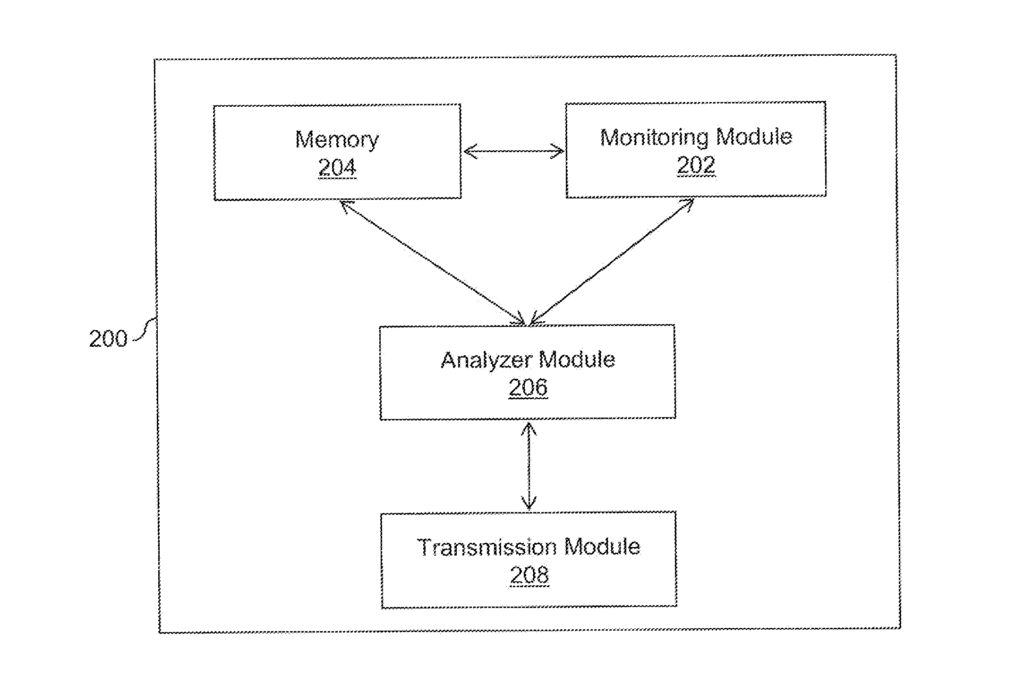ABSTRACT
Embodiments of techniques that may improve communication efficiency in a network are provided. One or more versions of one or more communication protocols in the network may be monitored.
A document object model of data may be processed at a device to generate raw data. Subsequently, the raw data may be transmitted by the network device based on the communication protocols’ versions.

Efficient communication techniques
An Inventor: Dr. Tal Lavian
FIELD OF THE INVENTION
Various embodiments of the invention may relate to communication in a network and, more specifically, to improving communication efficiency in a network.
BACKGROUND OF THE INVENTION
-
Various users across the globe communicate or perform various activities on computer and device networks. Moreover, the users interact with each other through the networks, such as the Internet. Typically, the users use devices like personal computers to interact over the Internet. The users can interact from various Internet websites or social networking sites, for example, Facebook, Myspace, Hi5, Orkut, etc. Recently, the development of mobile devices such as cell phones, smartphones and PDAs, computers, laptops, and the like has enabled them to perform various activities on networks such as the Internet. Moreover, mobile devices can be used for real-time interaction with other users on the web. The exchange or communication can be in the form of chatting, playing interactive online games, browsing, shopping, music, video, banking, business, and the like.
- The rapid pace of technology innovation has generated various types of devices and platforms. Moreover, the number of devices is increasing rapidly. For example, different operating systems are available for the devices such as Windows, Linux, Macintosh, Symbian, etc. Moreover, many J2ME platforms are available for mobile devices such as cell phones. Furthermore, mobile devices have a wide range of capabilities in terms of screen size, screen type, screen resolution, processor, memory, etc. The advancement in technology has enabled multi-user interaction on the network, for example, multi-player games on mobile devices. Moreover, with the rapid decline in prices of hardware, advanced and inexpensive devices are readily available. Furthermore, advancements in software, operating systems, and input/output interfaces have enabled the development of high-performance media capabilities on devices. Interactive applications such as media games are now being developed, allowing multi-user interactions on networks. As a result, the number of users and the requirement for the quality of service in the network is increasing rapidly.
- Typically, interactive applications may require constant or frequent communication between the users. Therefore, a large amount of bandwidth may be required to maintain contact. The bandwidth available on a device depends on the network type and the device’s hardware or software. For example, mobile network infrastructures in rural or otherwise underdeveloped regions have less bandwidth than infrastructures in developed cities or areas. As a result, the user with a slow network connection experiences latency in communication. Further, the information to be transmitted can be huge, depending on the type of application. Moreover, the data transmitted can be limited due to a low bandwidth network. Therefore, in the case of some applications, for example, competitive online games, this may result in fairness issues. Interactive applications such as chatting or mobile games require real-time information updating, which induces communication latency. Moreover, the versions of communication protocols supported by devices in the network can be different. Furthermore, the performance of the communication protocols may be updated. Therefore, the efficiency of information transfer may vary across devices and networks. Moreover, the scalability of these multi-user applications may depend on network communications’ efficiency and quality of service.
- A mechanism may therefore be desirable for efficient communication in the network. Such a mechanism may select the information and protocol to be used for the transmission and may use these to maintain a good user experience.
SUMMARY
-
Embodiments of the invention may provide a method for efficient communication in a network. The method may comprise monitoring one or more versions of one or more communication protocols in the network and processing a document object model of data at a device to generate raw data. After that, the raw data may be transmitted by the network device based on the communication protocols’ versions.
- Further embodiments of the invention may provide an apparatus for efficient communication in a network. The device may comprise a monitoring module configured to monitor one or more versions of one or more communication protocols in the network. The device may include an analyzer module configured to process a document object model of data to generate raw data; and a transmission module configured to transmit the raw data, wherein the raw data may be transmitted based on the versions of the communication protocols.
- Further embodiments of the invention may provide a system for efficient communication in a network. The method may comprise: means for monitoring one or more versions of one or more communication protocols in the network; means for processing a document object model of data to generate raw data; and means for transmitting the raw data, wherein the raw data may be transmitted based on the versions of the communication protocols.
- Yet further embodiments of the invention may provide a computer-readable medium containing instructions for performing a method for efficient communication in a network. The method may comprise: monitoring one or more versions of one or more communication protocols in the network; processing at a device a document object model of data to generate raw data; and transmitting the raw data by the device on the web, wherein the raw data may be transmitted based on the versions of the communication protocols.